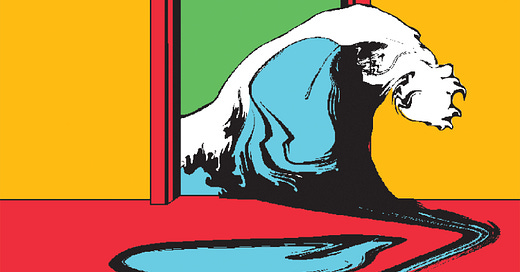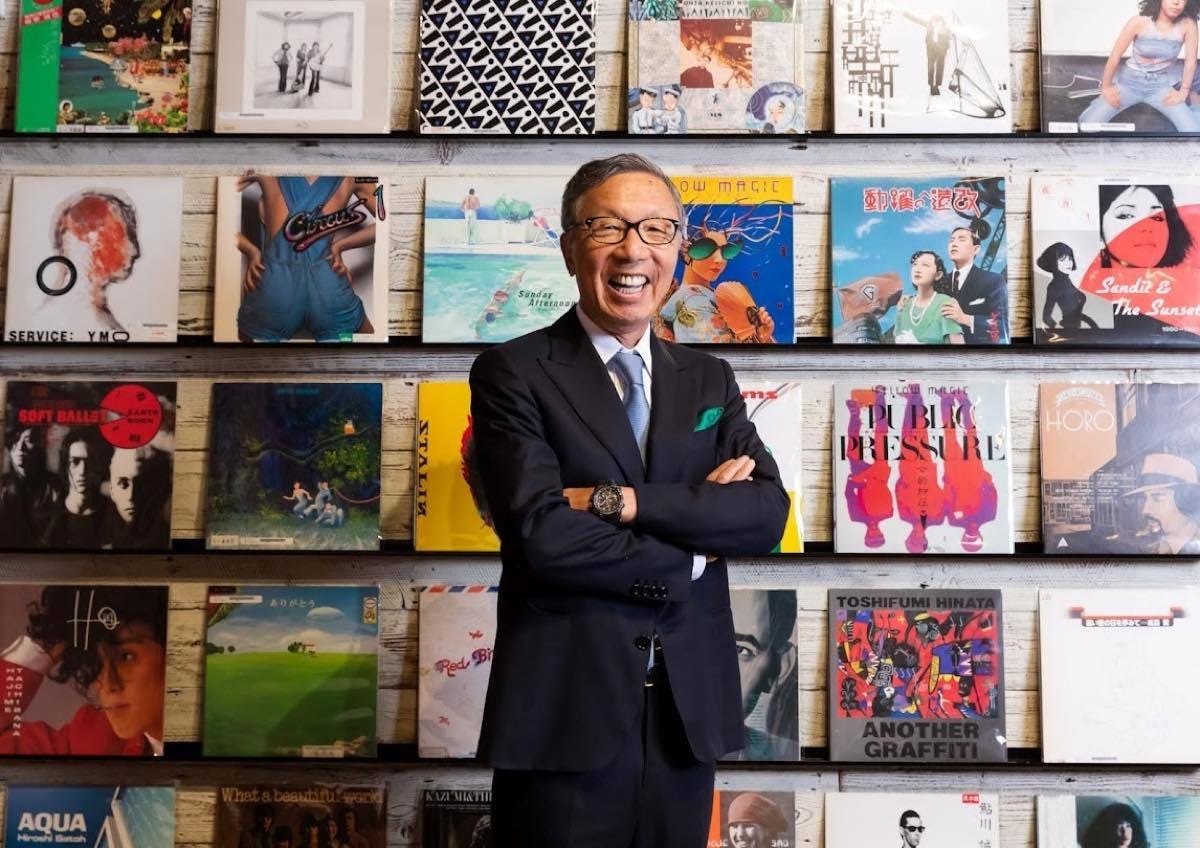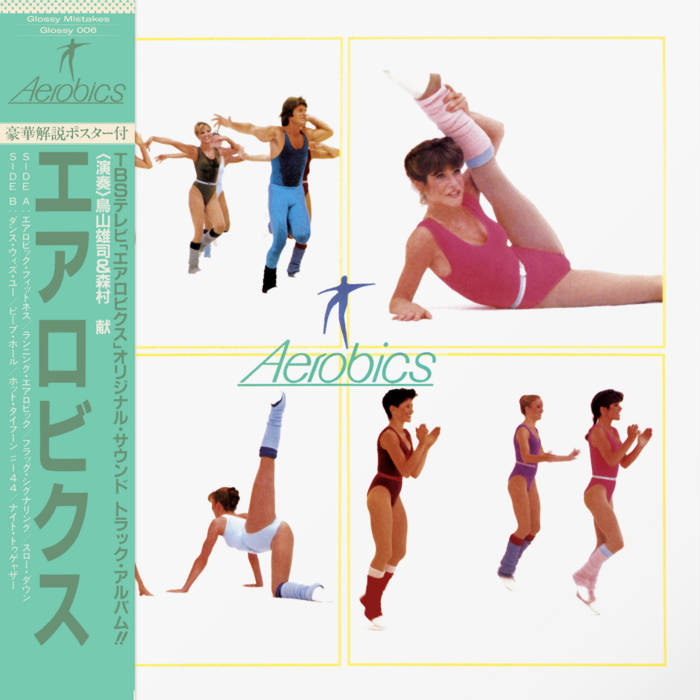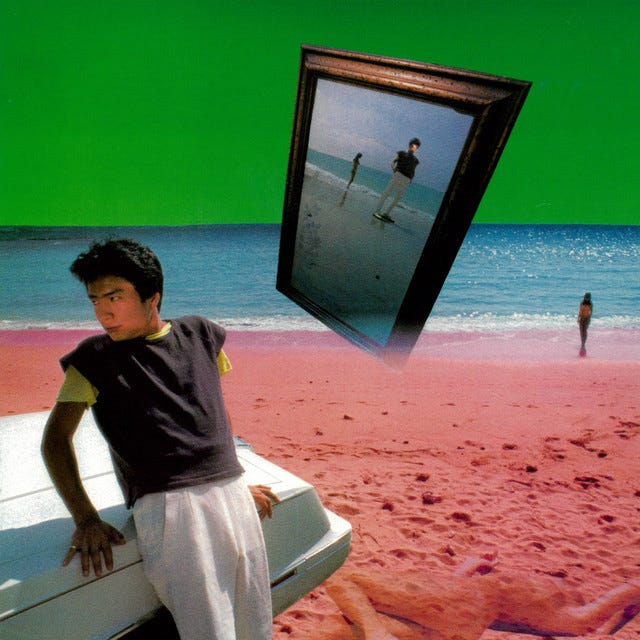Yuji Toriyama: 80s Fusion Guitarist and His Machines.
"Choice Works 1982-1985" celebrates guitarist, composer, and producer Yuji Toriyama—one of Japan’s pioneering fusionists, blending masterful guitar work with cutting-edge technology of his time.
Yuji Toriyama was born in 1959, in Fujisawa, a town also known as “Shonan” in Japan. In the postwar time, Shonan was popularly known for being the setting of many Japanese films and novels that portrayed the hedonistic lifestyle of young sun-worshippers of elite Japanese families who hung out on the Shonan beaches. Lying on the edge of the Tokyo metropolitan area close to American military bases, Shonan has always been the centre of the new American music culture in Japan.
Toriyama’s father was a Jazz guitarist in Shonan during the 1950s before he settled to become a normal “salaryman”. He often played in bands that performed at US military bases and there earning high gig fees. Since he had access to the latest American music at that time, he was often listening to and playing Jazz, Country & Western and Hawaiian music. He wanted his son to be a musician and gave young Toriyama, an ukulele instead of a toy before his son was even conscious about it. By the age of 7, his hands were big enough to play a F chord on the guitar and he started copying his favourite records from his dad’s record collection such as Barney Kessel and Tal Farlow.
Thanks to Sergio Mendes and his bands, the Bossa Nova movement had arrived Japan in the late ‘60s and Shonan was the perfect area to cultivate this sound after the Hawaiian music trend. Yuji was heavily influenced by a Japanese American ukulele player, Herb Ohta from Hawaii who played Bossa Nova on the ukulele. He was listening to a lot of his records and played his compositions on the ukulele, whilst managing to play Jazz on his guitar by the age of 10.
Toriyama went to Keio Gijuku, a prestigious private school in Tokyo where most students start from the elementary school level and slide up to its university. Toriyama’s talent was further polished by having endless sessions with senior students during this age and by the time he entered the university, he started to write songs for the senior graduates who were working for Alfa Music.
Originally started as a production & publishing company in 1969, Alfa Music was one of the very first independent Japanese record companies. It was set up by Kunihiko Murai, an accomplished songwriter / producer in his own right (and also, a Keio Gijuku graduate). A man with close ties to the US music industry, Murai was a pioneer within the Japanese music scene who showcased world class musicianship and production qualities with a stable of talented artists and musicians such as Yumi Arai (=Yumi Matsutoya), Minako Yoshida, Jun Fukamachi, Hiroshi Sato and Haruomi Hosono who he teamed up with, to form Yellow Magic Orchestra in 1978. Although Toriyama had started working as a session guitarist for many of Alfa Music associates around that time, he struggled to nail a solo album deal with them.
From the late 70s till the early 80s, the Japanese guitar music scene was experiencing the peak of the fusion era. Artists such as Lee Ritenour, Larry Carlton and Al Di Meola were very popular as well as local talents such as Masayoshi Takanaka and Kazumi Watanabe. Many record companies were looking for the next hot, young fusion guitarist. Toriyama ended up being scouted by none other than his father’s old time bandmate from the American military base times who became the president of another domestic record company called Pony Canyon and they released Toriyama’s first solo album, Take A Break in 1981. His debut album was a mellow, jazz-funk fusion album, mostly recorded live with other musicians. As expected, the album did well since the Japanese music scene was in need of another fresh and talented, new fusion guitarist, but Toriyama himself wasn’t exactly satisfied with the sonic results of the album.
In search of some musical intrigue, Toriyama went to Los Angeles to record his 2nd album, Silver Shoes (1982) with L.A. based musician, Neil Larsen and it was during that time he discovered the latest recording technology such as drum machines, synthesizers and early sequencers. Toriyama immediately jumped to learn about programming which was very primitive and tedious work at that time.
Up to this point, Toriyama was more interested in American Jazz than the music from the UK. Both West and East Coast Jazz were pretty popular in Japan at the time, especially the so-called “Crossover” music which was at its peak. Toriyama was heavily influenced by musically sophisticated labels such as A&M, CTI and CBS. The music that these labels released were made by heavily trained musicians’ sweat & tears. 1982 was the year, Michael Jackson’s Thriller came out. MTV had just started to make waves in the music industry and Toriyama was starting to notice more and more music and culture from the UK with groups such as Duran Duran and Culture Club. He discovered that the general attitude of British music at that time, was all about ideas and not necessarily about showing off your technical skills like many Crossover records and that was quite inspiring and refreshing to him. There was also his own countrymen, Y.M.O. having international success. Many sequence-driven “techno” music were being released at the time which sounded cool & fresh to the 23 year old Toriyama’s ears and it made him want to produce music with emphasis more on interesting ideas and sounds rather than focusing on his technical abilities. This change in direction also had the potential to lose his fan base in the “Jazz world” as well.
The same year, his management was approached by an American Aerobics society, and he was commissioned to produce a soundtrack for a daily televised, Japanese TV show. His client stringently requested that the music’s BPM needed to be run with machine-like accuracy in order to keep in time with the steady cardio exercise. To cater to the client’s request, it became a necessity to use electronic gear. However in 1982, programming and operating expensive equipment such as drum machines and sequencers was very much a special skill, executed by experts particularly in Japan. But luckily at the time, Toriyama was one of the few musicians who was able to compose, produce and operate the machines just like any other instruments. Toriyama co-produced the soundtrack with keyboardist, Ken Morimura who was the core member of the first ever Japanese Salsa band, Orchestra Del Sol. They co-wrote songs and equipped themselves with a Linn LM-1 drum machine and a Roland CSQ-600 sequencer, and recorded Toriyama’s guitar, Ken’s Fender Rhodes, MiniMoog and Sequential Circuits Prophet-5 and produced the whole album that includes Night Together.
The following year, Toriyama’s creative director found a studio in Hawaii called Sea West Studios, owned by its engineer, Rick Keefer. The studio was used by major American artists such as Marvin Gaye. When he arrived there, Toriyama was blown away by the studio’s state of the art technology such as a modified Roland TR-808 drum machine, Sennheiser Vocoder VSM-201 and an early digital sampler, Synclavier. Toriyama had also arranged to ship a Sequential Circuits Prophet-5 from L.A. and prepared himself with pre-written ideas on his sequencer Roland CSQ-600 in Japan. He went into the studio with the engineer and his musicians, and produced his 3rd album, Yuji Toriyama (1983) which includes Stranger In The Mirror and Donna that features Rick Keefer’s wife, Donna.
By the time Toriyama had started work on his 4th album, A Taste of Paradise (1985), he was more into sound design and producing tracks rather than going into the studio or touring as a guitarist. At the time, he was one of the very few studio musicians who could programme the machines at home and bring it to the studio to complete. He got offered many projects around that time and subsequently learnt to master many more interesting equipments and synthesisers. He was particularly influenced and mentored by a fellow Tokyo based musician/producer from Alfa Music, Hiroshi Sato who also worked on a track in A Taste of Paradise. At that time in Japan, the choice of digital sampler within the domestic recording industry was more Fairlight CMI or E-Mu Emulator than the Synclavier, and many studios owned expensive polyphonic synthesisers such as Oberheim Poly FVS-1, Sequential Circuits Prophet-8 (or 10) and Roland Jupiter-8. In 1984, a new technical standard of electronic instruments, the MIDI was introduced and made Toriyama’s work more efficient.
Maze was inspired by Pat Metheny Group’s track, Barcarol from the Offramp album (1982). Toriyama manipulated the Sequential Circuits Drumtraks drum machine, programmed the 16th notes on the Roland MC-4 sequencer to play a YAMAHA DX-7 FM synthesiser, laying down chords with the Synclavier digital sampler, and played crying melodies on the Roland G-505 guitar synthesiser in the similar style of how Pat Metheny played it on the Barcarol track. Bay / Sky Provincetown 1977 was initially intended to be an acoustic instrumental track, but it expanded to include sequenced synthesisers and minimal percussions inspired by his influence from minimal music. Co-producer, Naoki Tachikawa thought that this track has a summer seaside vibe, reminiscent to an imaginative European town hence the track title.
Choice Works 1982-1985 is a collection of Toriyama’s instrumental tracks from this era. It’s showcasing Toriyama’s groundbreaking works of early electronic equipments meets his incredible musicianship. Most of tracks were previously only available on each album and this is the first pressing for those tracks on 45 rpm loud cut vinyl remastered by a Grammy award mastering engineer Tim Young from Metropolis Studios, London.
*This title is now out of stock*








